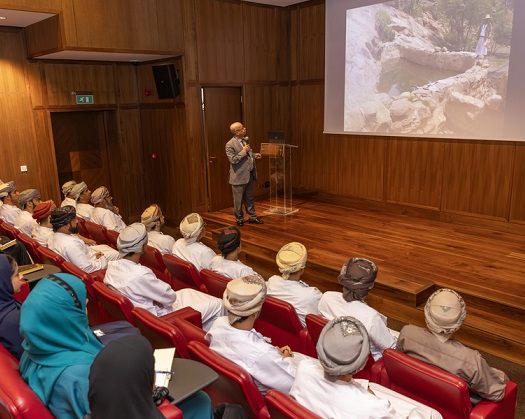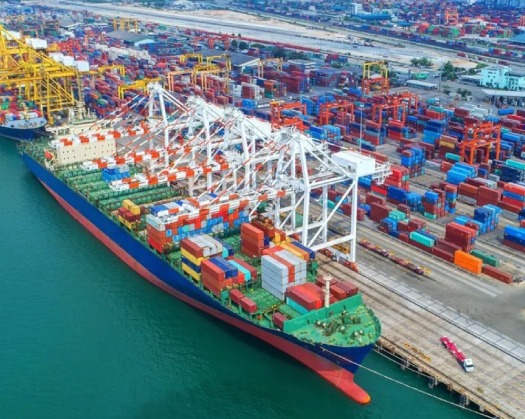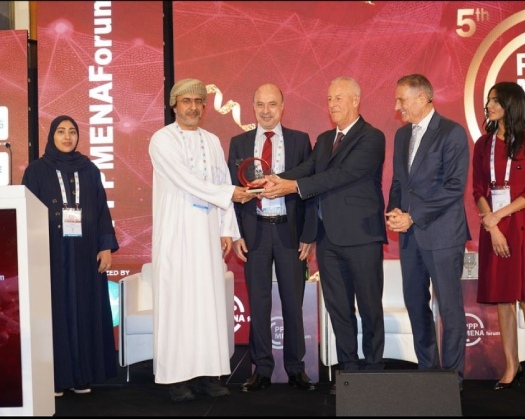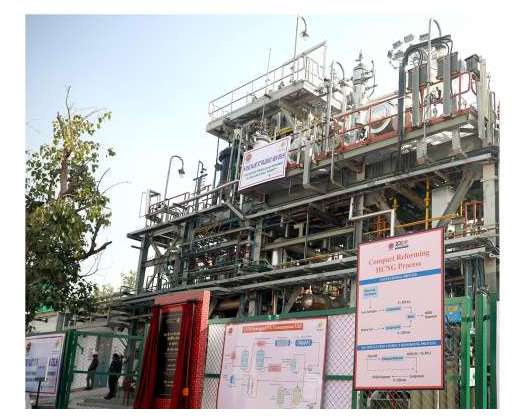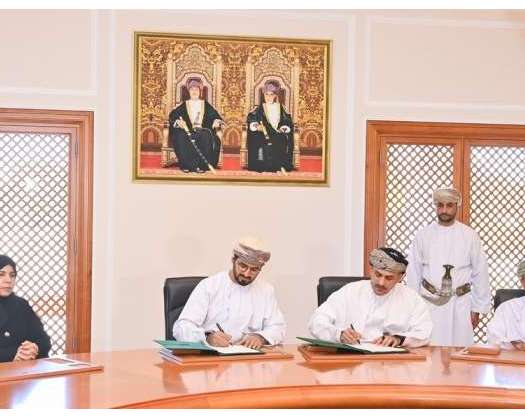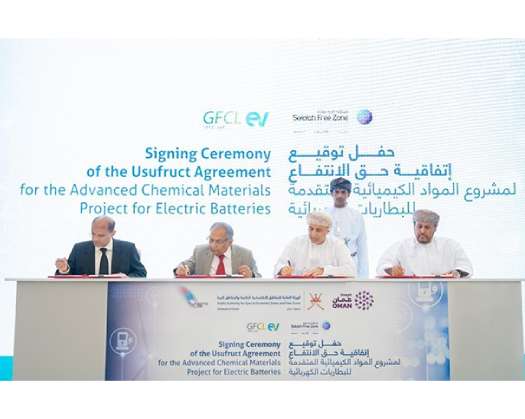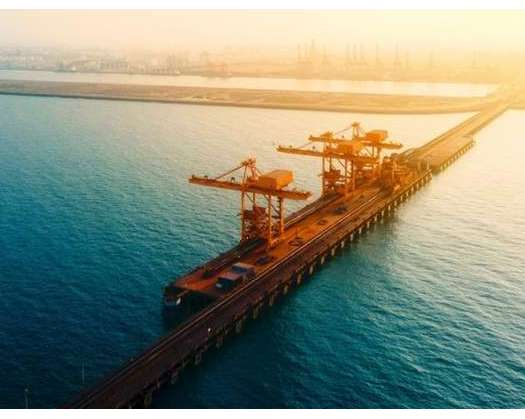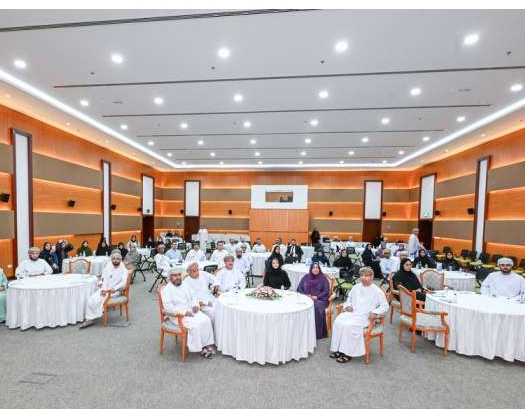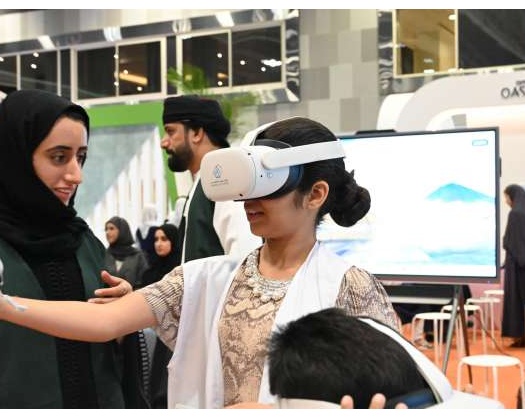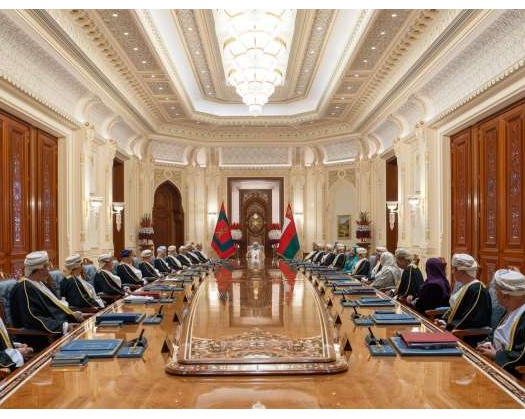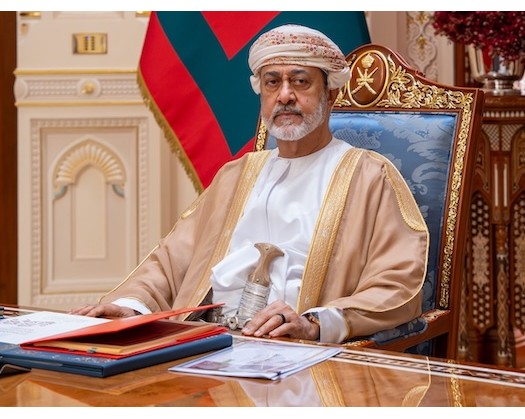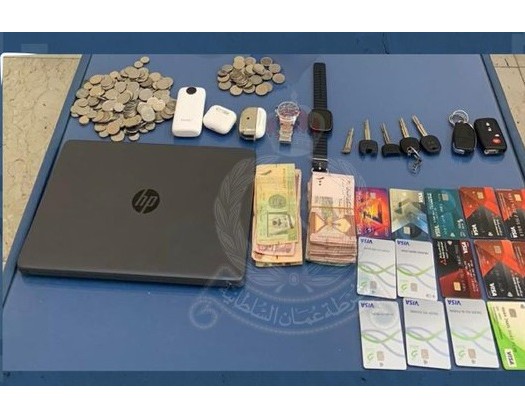Muscat: On Tuesday, the National Museum hosted a lecture titled "Comparing Maritime Heritage in Oman, Yemen, and Morocco: Similarities and Distinctions". The lecture was delivered by Dr. Yahya Latif Abdullah Al Abali, an academic researcher at the National Institute of Archaeological Sciences and Heritage in Morocco, as well as an Assistant Professor of Cultural Heritage at Hajjah University in Yemen.
During the lecture, Dr. Al Abali explored the tangible and intangible aspects of maritime heritage in Oman, Yemen, and Morocco. He specifically focused on Omani aflaj, Yemeni katzaims, and Moroccan khettaras, shedding light on their technical, natural, and cultural characteristics, as well as their contributions to the development of societies. The lecture also delved into the challenges faced by these heritage sites, methods of preservation, and the geographical similarities and differences that are reflected in the rich heritage of Arab countries.
It is worth noting that "khettaras" are ancient traditional irrigation systems found in the southeastern regions of Morocco. These systems rely on underground water channels to transport water from highlands and irrigate lower lands using gravity.
On the other hand, "katzaims" are a method of irrigation that utilizes water and primarily relies on a network of underground channels dug in valleys. These channels follow a straight horizontal line and connect openly on their edges, flowing downwards until reaching solid ground. The concentration of "katzaims" is typically found in the Sana'a Basin area of Yemen.
The organization of this lecture is part of the cultural cooperation between the Sultanate of Oman, represented by the National Museum, and the Kingdom of Morocco, represented by the National Institute of Archaeological Sciences and Heritage.

